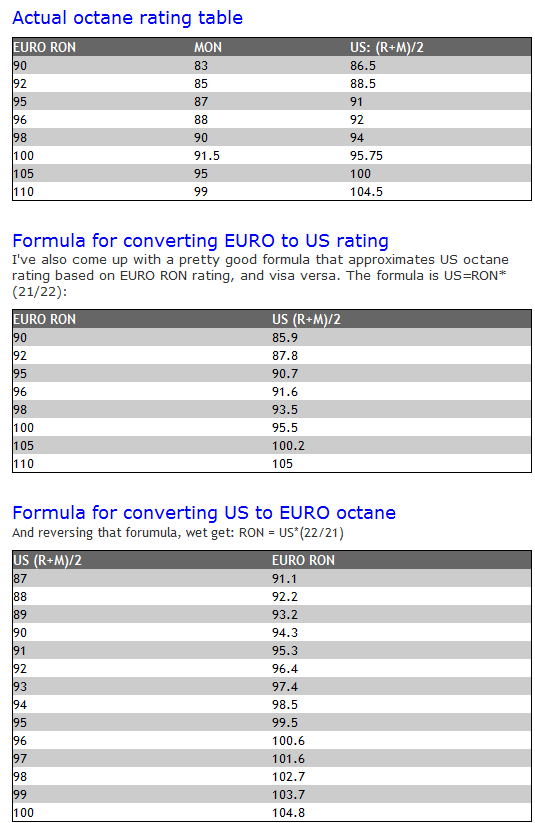

V c is the clearance volume of the motor, or the remaining space left when the piston is at the end of the stroke.ĭisplacement can be found using this simple formula: V d is the displacement volume of the motor, or the volume displaced by the piston from the start to the end of the stroke. To calculate the compression ratio of an engine, use the following formula: Thus, higher compression ratios also allow engines to be more fuel efficient. In other words, it is the ratio between the volume of the combustion chamber when the piston is at its lowest point when gasses are uncompressed and the volume when it’s at the highest point and the gases are compressed.Ī higher compression ratio allows the engine to output more power using the same amount of fuel, making it an important performance metric. The compression ratio of an engine is the ratio between the swept volume and the compressed volume. This calculator will compute the deck clearance for above or below deck applications.įind the engine displacement based on stroke and cylinder measurements.How to Calculate Engine Compression Ratio Use this calculator to get the approximate piston compression height. Using this calculator, you can obtain the proper ring end gap requirements for KB Pistons using end gap factors from inside the front cover of the KB catalog or on this website in the tech article titled "Special Clearance Requirements for the KB Piston." This calculator will give you the proper piston head volume with a known compression ratio.Ĭonvert inches to millimeters or millimeters to inches. (considers cam timing and rod ratio) This calculator will give you a dynamic compression ratio taking into account cam timing and rod ratio. It will also estimate a dynamic effective compression ratio taking into account the cam timing and rod ratio. (considers cam timing and rod ratio) This calculator will give you the proper compression ratio with a known piston head volume. When this happens the valve reliefs and the pop-up are approximately equal in value. On the piston calculator many times you will come up with a piston head volume that approaches zero. If you do not have the exact gasket bore use the cylinder bore in its place. With some pistons this flat area may be very small (example: Chrysler Hemi is only a line at zero deck). Do not measure to the top of the pop-up or the bottom of a dish. Deck Clearance.Deck clearance should be measured from the top of the block to the flat portion of the piston.Located above each picture in the KB Catalog is the value for the piston head volume shown in positive or negative numbers. Pistons with a dish or pistons below deck increase chamber volume and receive a positive value. Pistons with pop-ups or pistons sticking out above the deck will reduce chamber volume and will usually require a negative number. Negative numbers indicate a reduction in cylinder head volume. Values for Piston Head Volume and Deck Clearance can be entered as both positive or negative values. Piston Head Volume and Deck Clearance.While these calculators will calculate out to six (6) decimal places, they will round to three (3) decimal places when they are displayed, and any figures you enter will also be rounded to three (3) places when the results are displayed.While using these calculators in your planning, please remember the following:


 0 kommentar(er)
0 kommentar(er)
